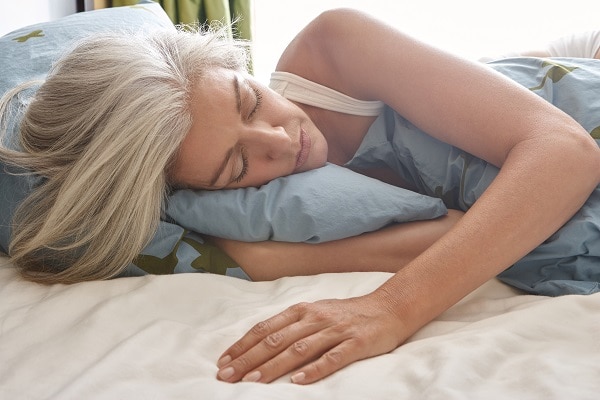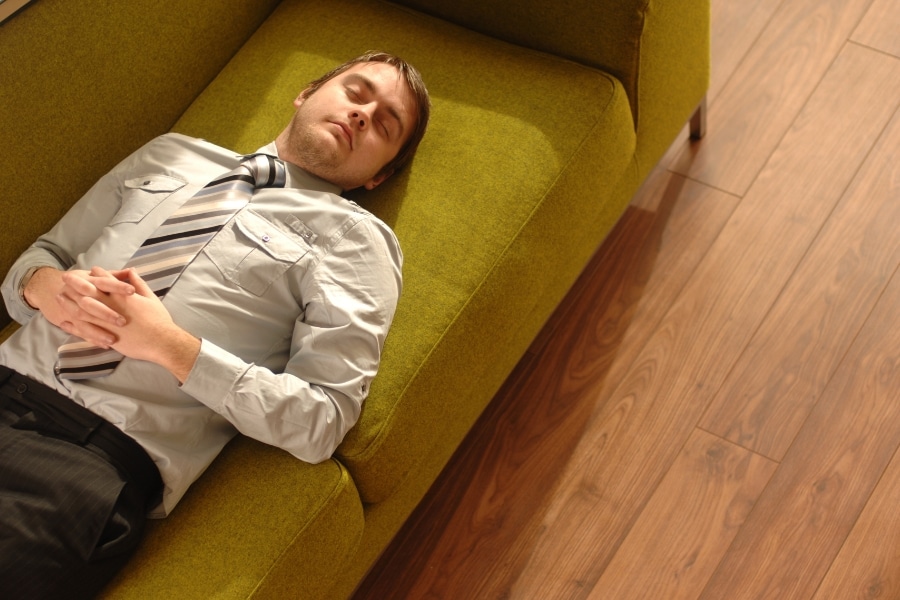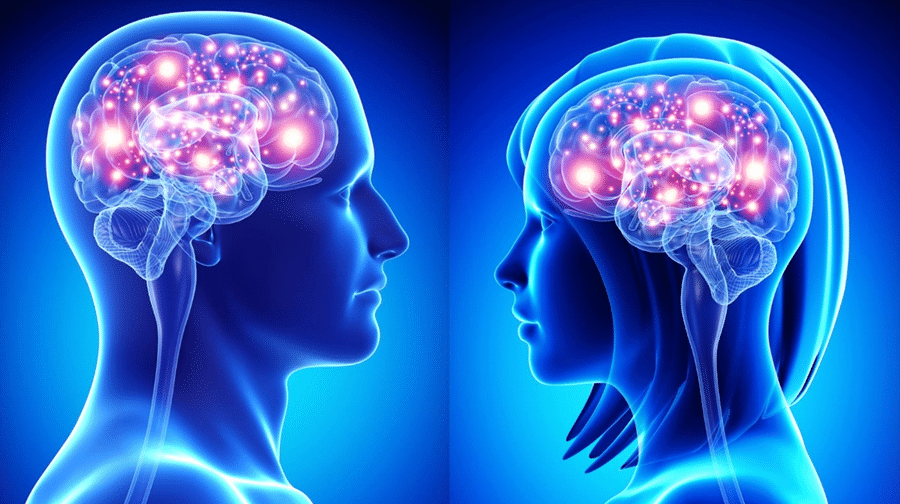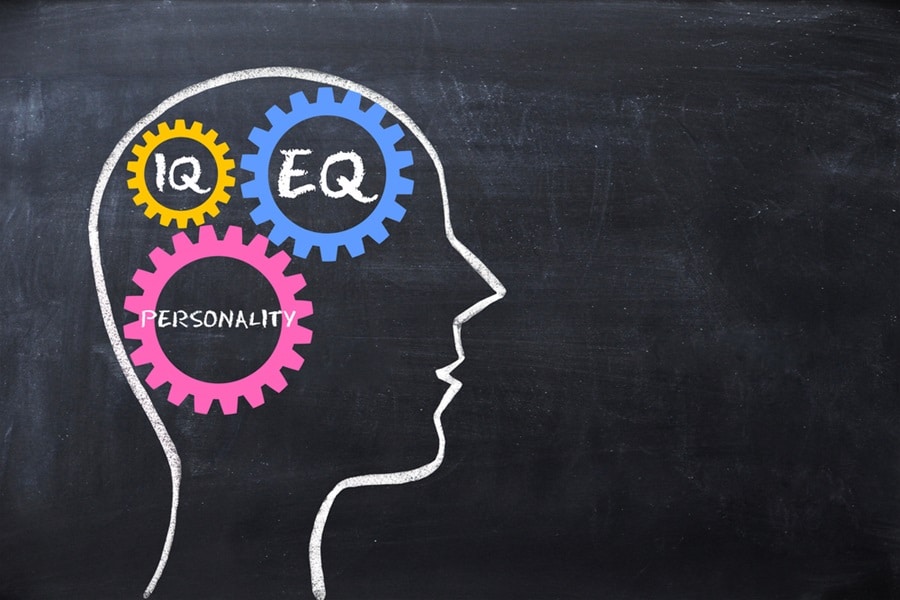There are many theories about migraines. Current research and improved technology have contributed a lot to understanding the basic reasons for migraine pain. It has been proven that serotonin and estrogen-like chemical compounds and hormones are the main sources of pain sensitivity among migraine victims. According to old thinking, migraine occurs due to fluctuations in blood pressure when it reaches the brain. Research scholars have realized that the pain doesn’t get initiated because of changes in the blood flow and vessels but definitely contributes to it. Few pain theories explain that pain occurs as the excitable brain cells become active. In some patients, migraine results when the level of serotonin and estrogen changes. As far as the serotonin level is concerned, it has an equal effect on both sexes, but estrogen level fluctuations affect only women. Some researchers suggest the main reason for throbbing pain is due to the contraction in blood vessels when the estrogen level fluctuates. There is some data to explain that a lower estrogen level makes your face and scalp nerves sensitive to pain. Some common agents trigger migraines.

-
- Biological and environmental factors like hormonal changes or due to excess light/ smell.
- Sleep disorders and fatigue.
- Stressful lifestyle.
- Some unhealthy foods or drinks.
- High flickering or glaring lights.
- Changes in weather.
As per the American Headache Society, headache reasons should be documented in a diary, as this can help your doctor or healthcare provider to identify the basic reason when you visit him. The American Migraine Foundation supports and advocates for migraine patients. Their mission is to enhance research that explains more new ways to treat migraine and other patients with severe headaches. It’s a non-profit foundation that is committed to research and online studies to make advancements in migraine problems. Migraines attack women, men, and children of any age in different ways. For fast relief, you need to know about the type of headache you are facing. Is it a normal pain or soul-crushing?
Contents
Simple Steps To Get Rid Of Migraine Pain

Migraines are very painful, just like any other injury pain, but if you really want to heed off the pain, there are some healthy habits and non-medical treatments to prevent pain before it becomes chronic and life-threatening. According to the Mayo Clinic, the best-proven way to treat and stop migraine is medication. Medication is only one side of the coin; you need to take precautions and understand how to manage the pain when it attacks your body. To reduce the frequency and severity of the pain, choosing a healthy lifestyle can be very helpful. The most effective way to manage migraine is by combining precautionary measures, lifestyle, and medication. Therefore, here are some steps:
Look For a Quiet and Calm Place

As soon as you are diagnosed with a migraine, step out of the environment to take a break.
Switch Off The Lights
Try to sleep and relax in a quiet, dark room. Flickering lights and loud noise can increase sensitivity during migraine attacks, so turn off the lights to reduce the intensity of pain.
Hot and Cold Compress
For effective relief from migraine pain, try temperature therapy by applying hot or cold compresses around your head and neck. To reduce the sensation of pain, ice packs can be effective. Warm and hot baths, hot packs, and heating pads can help relieve tense muscles.
Take Coffee or Tea
Including caffeinated drinks in your diet can reduce migraine pain because both beverages have pain-reducing effects. It is also suggested to drink coffee carefully as too much caffeine or consumption in the late hours might lead to sleeping disorders, which can be another reason to enhance migraines.
Sound Sleep

Migraines can be a basic reason/ cause of a sleeping disorder. If you sleep well, you are likely to prevent migraines. To enjoy a sound sleep, you should always:
Set A Regular Time
You can prevent migraine pain by sleeping and waking up at the same time every day, including on weekends. Catch a short nap during the day, as long sleep during day time can affect your nighttime sleep.
Relax

To promote sleep, you need to unwind everything at the end of the day. Reading your favorite book/ novel, listening to good music, and taking a hot shower before going to bed can enhance your sleep. Never eat heavily or drink alcohol, caffeine, and nicotine because they’ll interfere with sleep.
Avoid Distraction
Always make it a point to save your bedroom from distraction. Close the door and switch on the fan to reduce noise. Never watch T.V. or carry your work material to your bed, for this may hinder your sleep.
No Medication
Avoid medicines that contain caffeine and stimulants to treat migraines, as they may affect your sleep. Instead, do some quiet activity to make yourself feel drowsy, and never try hard to sleep. That’ll help reduce pain on one side of the head.
Eat Healthily

Some basic eating habits can influence migraine pain, so eating wisely can reduce the risk of aura without a headache if you consider the following:
Eating at the same time of the day consistently.
Don’t fast or skip meals
Track the food you eat that may trigger pain, like old cheese, alcohol, caffeine, or chocolate. Eliminate these items from your diet to avoid side effects.
Yoga and Exercise

During regular exercise, yoga, or any other physical activity, your body emits a chemical that helps block signals of pain sent to the brain. They are also responsible for anxiety and depression, which ultimately results in migraine. Weight gain also leads to chronic headaches, which is why regular exercise, weight loss, walking, swimming, and cycling are good options for managing migraines. Practice them with ease because vigorous exercises can increase the risk of migraine pain.
Avoid Stress
Migraine and stress are interlinked. You can’t avoid stress, but you can at least control it to manage migraines. Here are some tips for managing stress and avoiding tension headaches:
- Make your life simple; don’t indulge in more activities at a time.
- Whether at home or at work, manage your time wisely. Divide your work to manage stress.
- To renew the energy required for any task, take a short break, walk a little, and do stretch exercises.
- Think positive and adjust your attitude according to your work.
- Take out 15 minutes from your routine and enjoy yourself. Either plays a game, pursue any hobby, or have a cup of coffee with your friend. This will help you fight stress.
- Meditate: To relax your muscles, take deep breathing, inhale, and exhale slowly. This will help you feel relaxed. Once you’re done, meditate for 2 to 3 minutes every day.
- Document your Pain: Maintaining a diary for your migraine attacks will help your doctor determine the basic reason for pain. He’ll be able to identify the headache triggers and work on reducing them.
- Look for Support: In case of depression and anxiety, always strive for balance. Living with migraines is really challenging. Socialize yourself, join a group, seek counseling, and believe in yourself. This will help you overcome cluster headaches, which sometimes become so painful that even medicines fail to work, and the patient gets irritated and experiences a high level of discomfort.
Conclusion
There are many types of migraines and headaches, and migraine symptoms. The only thing you need to do is identify the type of headache or the type of migraine and contact a neurologist or a migraine specialist. After the diagnosis is complete, start with the medication as prescribed. Go for MRIs, scans, blood tests, and other examinations. Whether it’s a sinus headache, migraine headache, hemiplegic migraine, aura without headache, migraine without aura, or ocular migraine with visual disturbances, all need to be treated timely. It is also advisable to follow all the steps mentioned above to manage and handle migraines.



